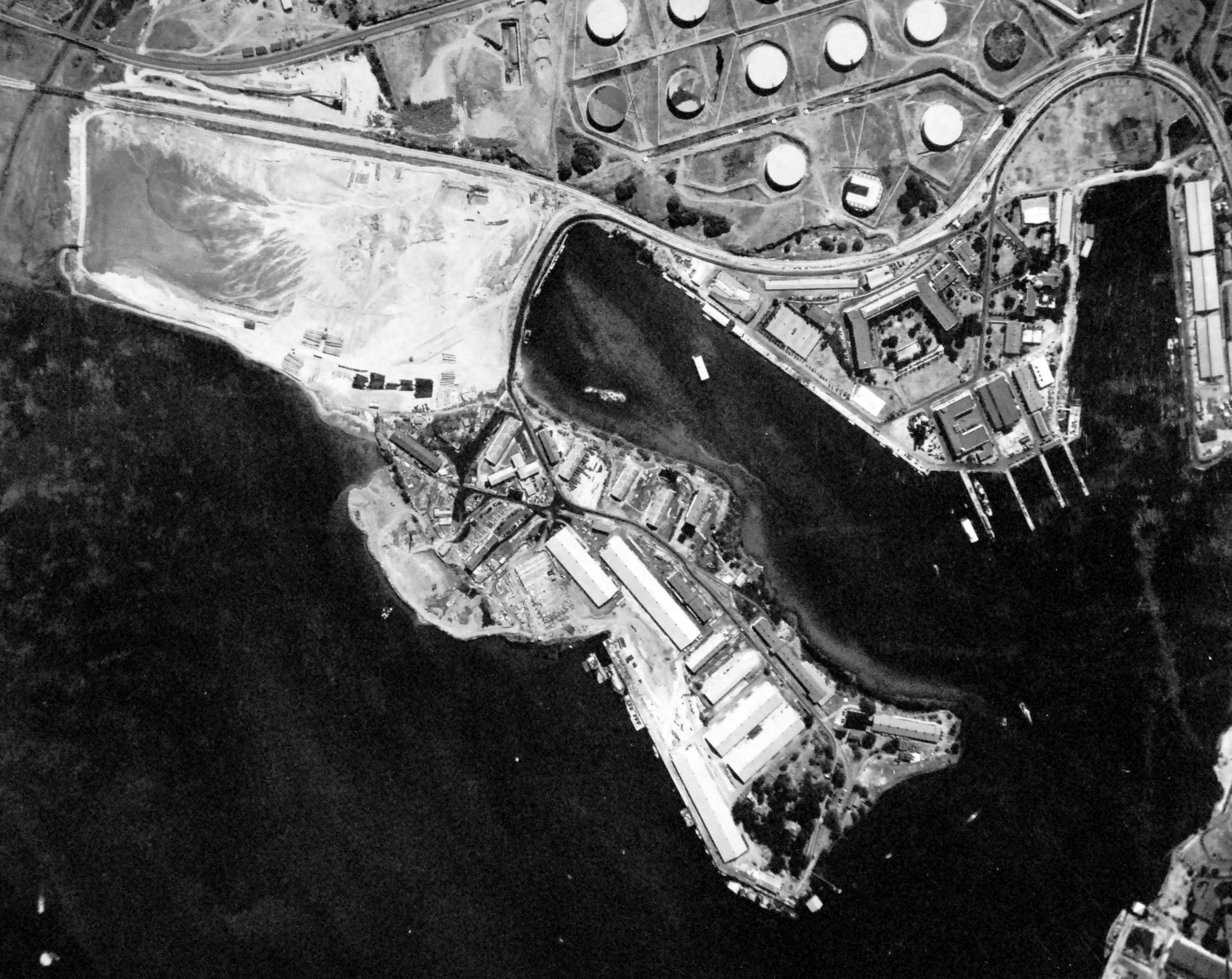


increased military and financial aid to China, embarked on a program of strengthening its military power in the Pacific, and cut off the shipment of oil and other raw materials to Japan.īecause Japan was poor in natural resources, its government viewed these steps, especially the embargo on oil as a threat to the nation's survival. The United States, which had important political and economic interests in East Asia, was alarmed by these Japanese moves. In 1940, the Japanese government allied their country with Nazi Germany in the Axis Alliance, and, in the following year, occupied all of Indochina. In 1937 Japan began a long and ultimately unsuccessful campaign to conquer the rest of China. In 1931 Japan conquered Manchuria, which until then had been part of China. The road to war between Japan and the United States began in the 1930s when differences over China drove the two nations apart. Since World War II, many facilities have seen change with permanent buildings replacing the old temporary ones and new facilities have been constructed. The expansion of the Submarine Base reached its peak in 1944 when there were 6,633 enlisted personnel serving on the base. During World War II, the Pearl Harbor Submarine Base serviced submarines which made 488 war patrols from Hawaii sinking a total of 2,009,744 tons of enemy shipping.

Four F-class submarines operated from the old Naval Station, at Pier 5 in Honolulu Harbor. The first submarines arrived in Honolulu in August of 1914. In 1955, Naval Station Pearl Harbor was established. By 1954, ninety percent of the Navy’s enlisted personnel enroute to and from duty in the middle and western Pacific were processed through the receiving station. In 1940, the receiving station moved to the present Naval Station headquarters building. Naval Station Pearl Harbor had its beginning in 1912 as a receiving station located at Hospital Point. Today, the Naval complex at Pearl Harbor serves as a major homeport and "pit stop of the Pacific" for the submarines and surface ships of the U.S. Dredging of the Pearl Harbor channel entrance began in 1910 and, on December 14, 1911, USS CALIFORNIA (CA 6) became the first warship to pass through the new channel into Pearl Harbor. The Pearl Harbor Naval Station, across Quarry Loch, was authorized in 1908. The Naval Station also owns and operates one of the Navy's largest recreation and special services programs, has its own police and security force and is responsible for DOD firefighters in 13 stations island-wide. The Naval Station's Family Service Center provides essential training, counseling, spouse employment and family enhancement programs for over 55,000 people each year. The bachelor quarters house approximately 3,000 permanent party and transient personnel. Navy-manned USS ARIZONA tour boats transport nearly 2 million visitors to the memorial each year. Operating the Navy's busiest harbor, the Naval Station annually completes 65,000 boat runs and transports 2.4 million passengers and 200,000 vehicles to and from Ford Island and other harbor locations. Naval Station Pearl Harbor provides service comparable to a large city. History DecemThe Attack on Pearl Harbor Tourist Attractions Photo Gallery to end of page


 0 kommentar(er)
0 kommentar(er)
